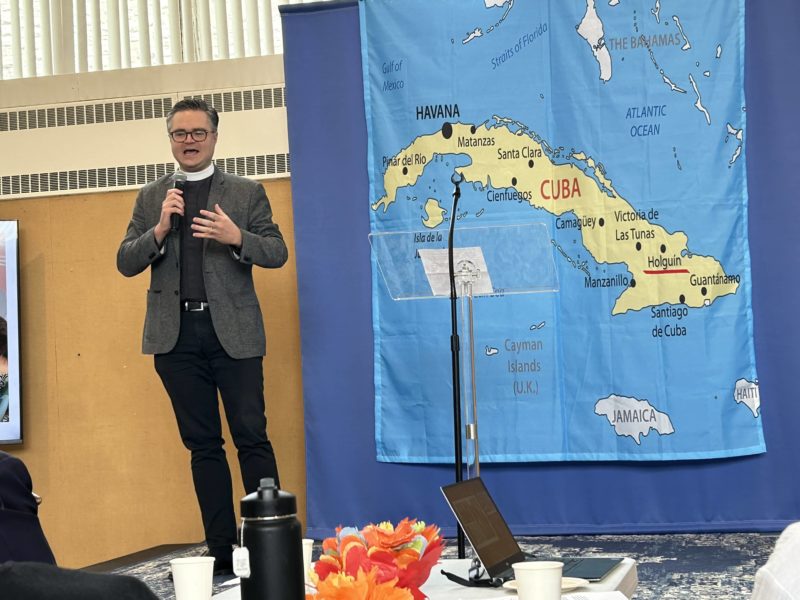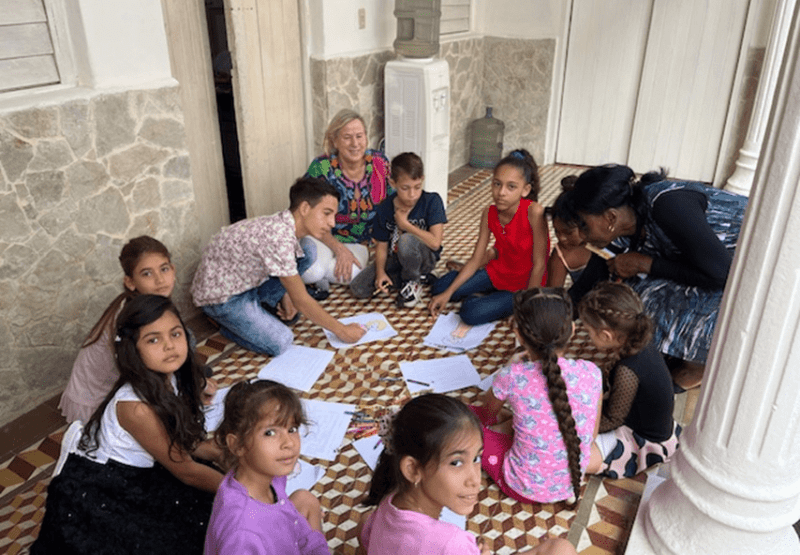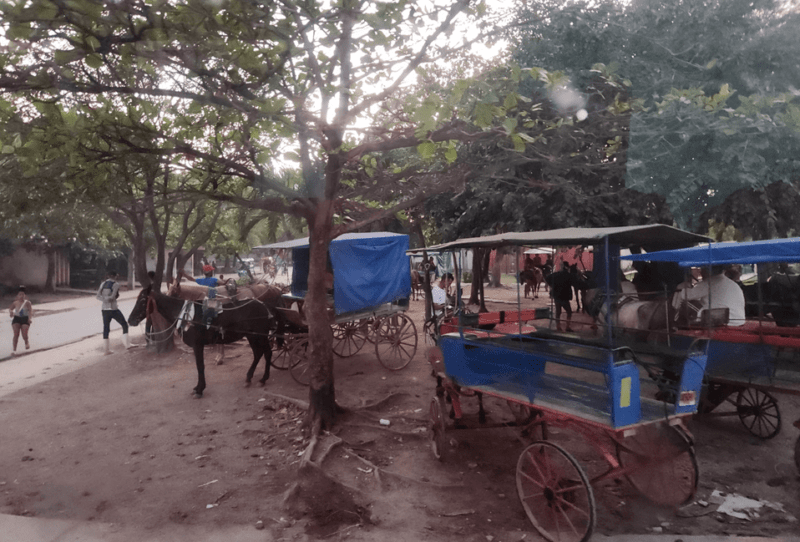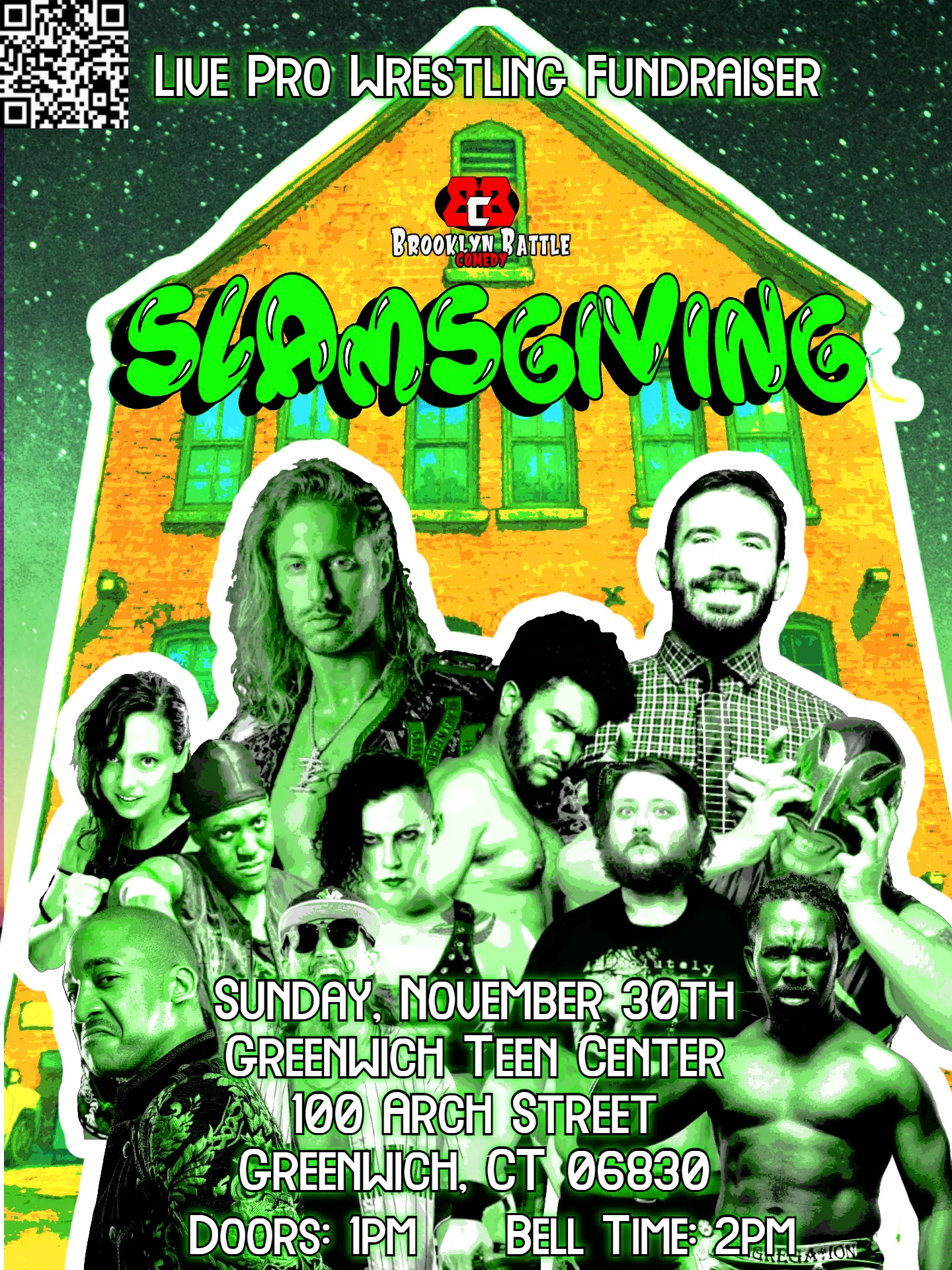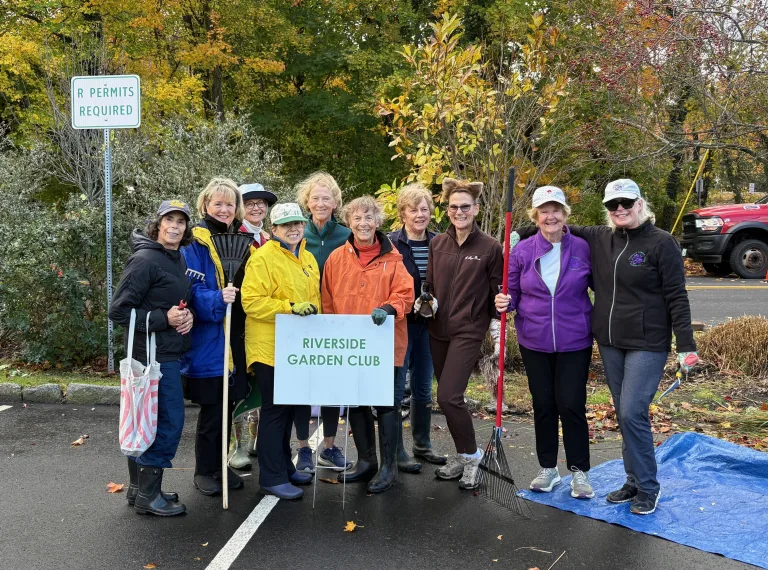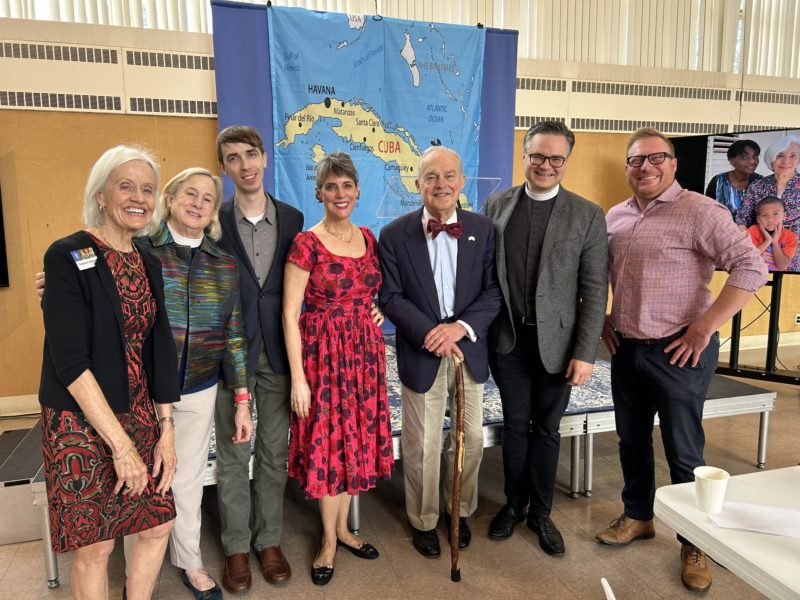
By Anne W. Semmes
The land of Cuba, less than 100 miles from the U.S., is in dire straits. Images of those vintage automobiles are being replaced by horse and buggies, as Cuba is running out of fuel. Sugarcane was the mainstay of the Cuban economy, now the country is importing sugar. Thus, the economy is spiraling downward, but there is some relief coming to Cuban people via their churches, especially the Episcopal church, as exemplified by an ongoing mission of Christ Church Greenwich.
At last Sunday’s Christ Church Forum that growing and now-five-year mission of bringing food security, access to drinkable water, and other necessities to the San Marco Parish located in Holguin, the third largest city in Cuba, was fully described.
It was in 2018, began parishioner Angenette Meany, “that the US Episcopal Church was readmitted to the Episcopal church diocese in Cuba after more than 50 years of separation.” Presiding Bishop Michael Curry had then asked parishes “to reach out to our Episcopal brothers and sisters in Cuba,” told Meany, and “I’m proud to say that Christ Church answered the call in 2019.” That first trip led by Rev. Marek Zabriskie, after meeting up with Cuban Bishop Griselda Delgado del Carpio, the recommendation was to take on a companionship with the San Marco Parish, as led by “Father Gil” Fat Roy.
“On our second trip in 2020 the goal was to find a new worship space for San Marcos,” said Meany. With the parish meeting in the parlor of a parishioner’s private home [no new church structures can be built in Cuba according to Meany], “It was getting crowded.” A search found a more spacious home “purchased with private funds.” “So we were on a roll, then along came the pandemic.”
Cuban mission trip three
Fast forward to 2022, a third trip brought “20 plus bulging suitcases full of all sorts of critical items – you really can’t buy much of anything in Cuba,” told Meany. “We had everything from toothpaste and Tylenol to shoelaces and a printer, but most importantly we brought a water filtration system. You can’t drink the tap water in Cuba. And Bishop Griselda made it her priority to install a water filtration system open to the public in every one of the 52 Episcopal churches and communities throughout Cuba.” To date 38 have reportedly been installed.
With Bishop Griselda’s philosophy to build the church outside its walls,” shared Meany, the Christ Church mission was to expand: “It’s not enough to just be in the community. You have to serve the community. And at San Marcos, wow, we have a lot to learn from them on that score.”
So, “everything” had to be brought in, such as surgical equipment learning Father Gil’s mother needed cataract surgery. Then Meany shared her mike with parishioner James Knight, who’s played a pivotal part in the mission, such as bringing down a printer and dealing with technology. He told of participating in recreational activities with Cuban parishioners. “We went to a concert with some of the people to hear some traditional Cuban music…They are companions, they are friends, they call us ‘our brothers in Christ.’ And that is really a big part of what we’re doing, being there to accompany them in essence.”
And then there are those Bible studies. “We were in a Bible study group that was in English and in Spanish,” Knight said, and “If you are worried about your Spanish, the Google translate on your iPhone is only getting better and better.”
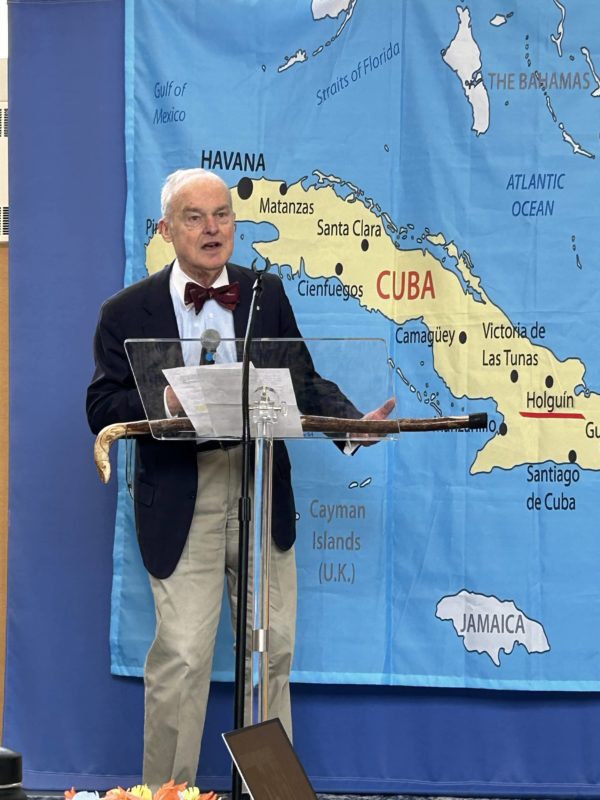
Bringing in youth members to the Cuban mission
Joining the mission group on this February’s fourth trip was Josh Barton, youth minister director who works with middle school students, with his interest in involving his students in the mission. He would learn from Father Gil of the now yearly mass exodus of 200,000 young people with “literally no hope of being able to create money for their families.”
But Barton was inspired by the youth group he met at San Marco Parish. “It was this group of about 20 kids anywhere from 11 to early 20’s. And they have this really cool way of earning money through doing various jobs, and they take their money and pool it together and they give some of it back to the church and save some of it. They’re learning all these skills not typical for the youth there in Cuba. And it’s all being done through this church. And they sat with us with so much pride.”
Also, along was Christ Church Deacon Susie McNiff who works with younger children, invited to develop a relationship with her children and the children in San Marcos. “There were about 10 children in their Sunday school,” she told “and they were just lovely and so welcoming and the teachers were fabulous. And even though there was a huge language barrier, we really shared in our love of the children and the work that we were doing with them…We’re going to be a friendship of pal ministry through email with their Sunday school.”
The growth of this mission was made evident with the arrival to the Forum of The Reverend Dr. Justin E. Crisp, the new priest at St. Barnabas Episcopal Church. “It was a real pleasure to accompany Christ Church [this year] on its mission to Cuba. He had found “a companion in the priesthood of Father Gil.” Learning that Father Gil was also a seminary professor at the Evangelical Theological Seminary in Matanzas, Cuba. And as Crisp serves also as a professor of Anglican studies at Berkeley Divinity School at Yale, he is requesting academic journal access for Father Gil from Divinity School Dean Andrew McGowan. As regards his church following Christ Church’s footsteps, he said, “We’re going to take a baby step before a baby step and perhaps next year we will take two or more persons from St. Barnabas.”
Heart and soul of Cuban mission
The last words came from Richard “Dick” Schulze, who had initiated the Christ Church mission to Cuba. He was described by Meany as “the heart and soul of the Cuba mission.” Schulz spoke of having led 11 groups of teens to the Dominican Republic “at the start of the millennium.” Those teens had then demonstrated to be “more active in the church, in college university, and much more so afterwards. So, we think that it’s important that young people get involved and get exposed to mission and outreach opportunities.” Hence his support of Barton’s interest in involving Christ Church’s youth ministry in the Cuban mission.
Schulze shared what parishioner Adriana Riles, (wife of Dr. Thomas Rile who had helped provide needed surgical instruments) had sent to her children her observations from her latest Cuba mission visit. “People had a completely different meaning to the word ‘nothing,’ there is nothing. When you or I open the refrigerator and say, ‘there is nothing to eat,’ we probably have some choices left on the shelves. For a Cuban, ‘nothing’ means it is nonexistent.”
Schulze told of the fifth trip to Cuba to be next year from the11th to the 17th of February, “and we want it to be a family trip. So, if you are interested in supporting our mission to Cuba, you can always send a check to Christ Church, and mark it Cuba Fund, and that’ll help us buy supplies.” Also needed was “money to bring down.” “We give it to Father Gil to enable him to buy food for the congregation. So, this was spent on San Marcos Day, the patron saint of our companion parish, and they very much appreciated that.”
